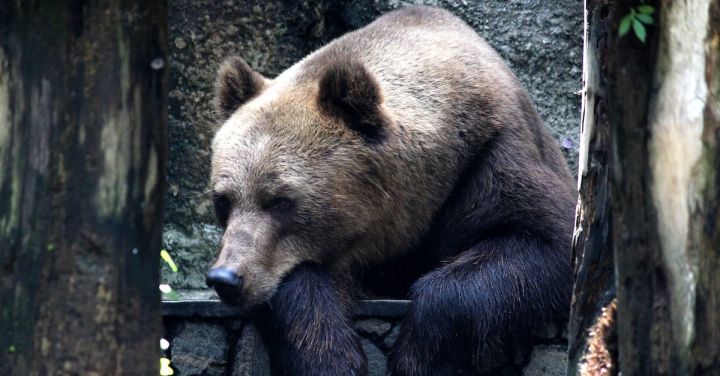Can Regular Training Prevent Bear Incidents?
In recent years, there has been an increase in bear incidents, with reports of encounters and attacks becoming more frequent across various regions. As humans continue to venture into bear habitats for recreational activities such as hiking and camping, it begs the question: can regular training prevent bear incidents? In this article, we will explore the effectiveness of training programs and strategies in reducing the risk of bear encounters and ensuring the safety of both humans and bears.
Understanding Bear Behavior
Before delving into the specifics of training, it is crucial to understand bear behavior. Bears are generally shy and avoid human contact. However, they can become aggressive if they feel threatened or if their cubs are in danger. By understanding their behavior patterns, we can take proactive measures to minimize potential conflicts.
The Benefits of Regular Training
Regular training can equip individuals with the knowledge and skills necessary to navigate bear habitats safely. Here are some key benefits of undergoing training:
1. Enhanced Awareness: Training programs educate participants on bear behavior, signs of potential danger, and methods of bear deterrents. This heightened awareness can help individuals identify potential risks and take appropriate actions to prevent bear encounters.
2. Effective Deterrence Techniques: Training teaches participants various bear deterrence techniques, such as using bear spray, making noise, and storing food properly. These techniques can effectively deter bears and reduce the likelihood of confrontations.
3. Understanding Bear Body Language: By learning to interpret bear body language, individuals can gauge a bear’s temperament and intentions. This knowledge is invaluable in determining whether to stand ground, slowly back away, or play dead in the event of an encounter.
Training Programs and Initiatives
Several organizations and agencies offer training programs aimed at preventing bear incidents. These programs focus on educating outdoor enthusiasts, wildlife professionals, and residents of bear-prone areas. Here are some notable training initiatives:
1. BearWise: BearWise is an initiative led by the U.S. Fish and Wildlife Service that promotes bear safety and educates communities on best practices for coexisting with bears. Their training programs provide valuable insights into bear behavior and practical tips for minimizing conflicts.
2. Bear Safety and Awareness Workshops: Various outdoor organizations and park services conduct workshops that cover bear safety measures. These workshops include hands-on training sessions on using bear deterrents and understanding bear behavior.
3. Bear Spray Training: Bear spray is a proven deterrent against bear attacks. Many training programs offer hands-on bear spray training, teaching participants how to properly use and deploy bear spray in case of an encounter.
Preventing Bear Incidents: A Collaborative Effort
Preventing bear incidents requires a collaborative effort from individuals, communities, and wildlife management agencies. Here are some additional measures that can complement training programs:
1. Public Awareness Campaigns: Public awareness campaigns play a crucial role in educating the general population about bear safety measures. These campaigns can be conducted through various mediums such as social media, educational videos, and community outreach programs.
2. Proper Waste Management: Bears are attracted to food sources, including improperly stored garbage and food waste. Implementing proper waste management systems in bear habitats can reduce the likelihood of bears approaching human settlements in search of food.
3. Habitat Conservation: Protecting and conserving bear habitats is vital in ensuring their survival and minimizing human-bear interactions. By preserving natural habitats, we can provide bears with ample space and resources, reducing the likelihood of encounters.
Conclusion: Empowering Individuals for Safer Bear Encounters
While it is impossible to eliminate all bear incidents, regular training plays a crucial role in equipping individuals with the knowledge and skills needed to navigate bear habitats safely. By understanding bear behavior, employing effective deterrence techniques, and participating in training programs, individuals can significantly reduce the risk of bear encounters and promote coexistence between humans and bears. Remember, the key to preventing bear incidents lies in education, awareness, and responsible outdoor practices.






